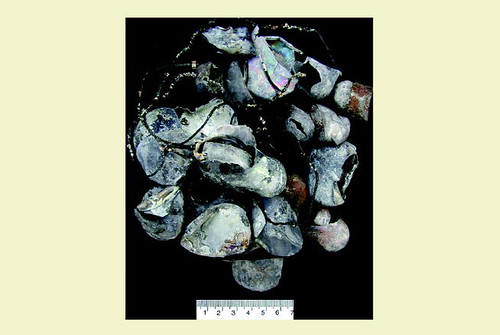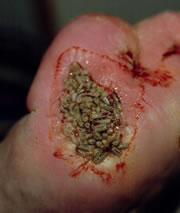I’m stunned by this picture which was recently published in the Danish medical weekly (Ugeskrift for Læger, 23 April 2007):

(see original article here)
It’s not oyster shells — it’s the remains of artificial pacemakers found in the ovens of the crematorium of the city of Odense (Denmark) between October 2004 and July 2006. Heated to the high temperatures used in the incineration of corpses, a pacemaker will explode. The Zn/Hg batteries used in the 1970s and 1980s sometimes even cause damage to the ovens, while today’s Li/ion-PVP-batteries cause less damage (yet the staff will immediately hear when a ‘client’ with a pacemaker gets through the flames).



 (
(